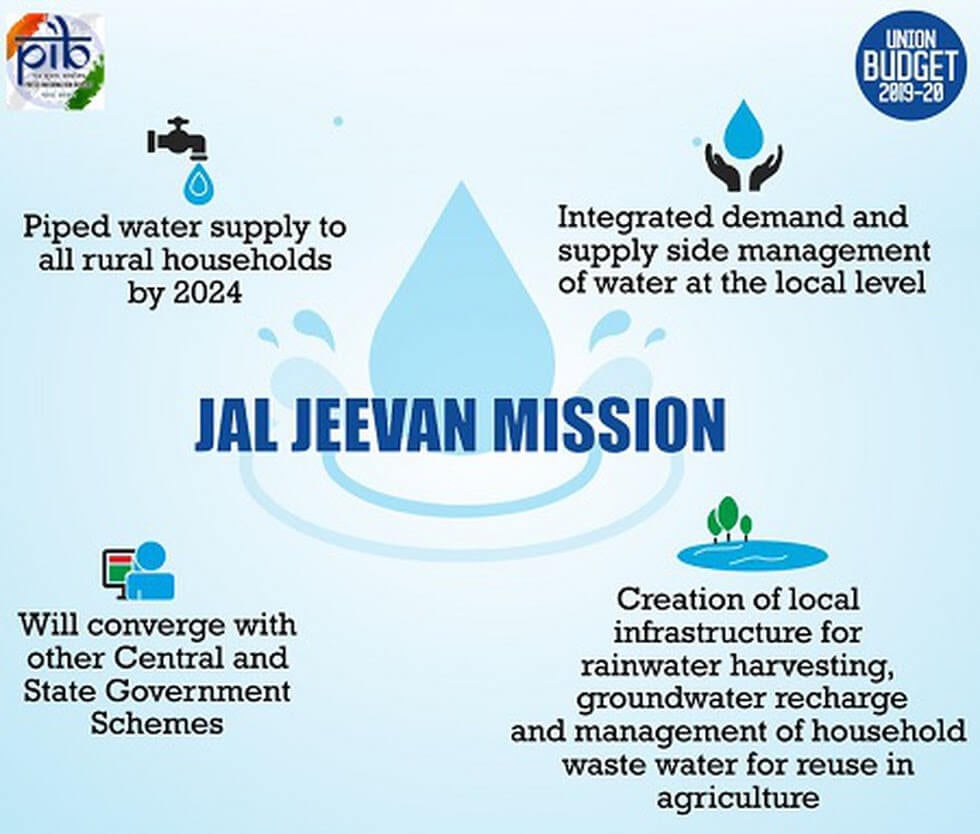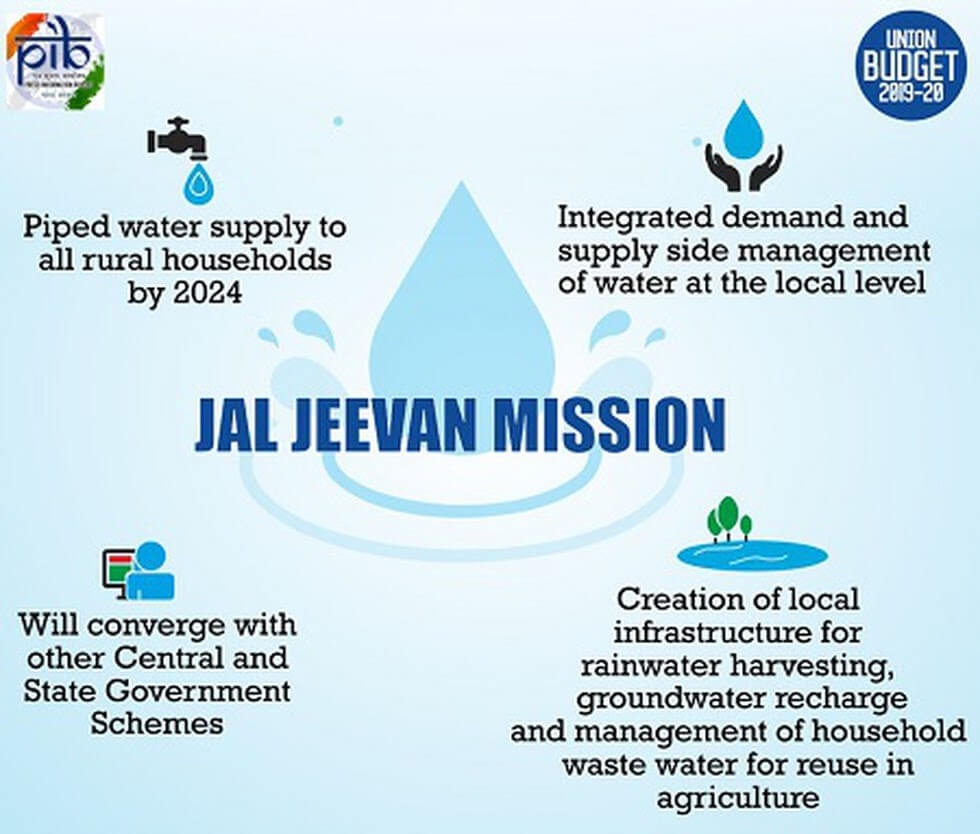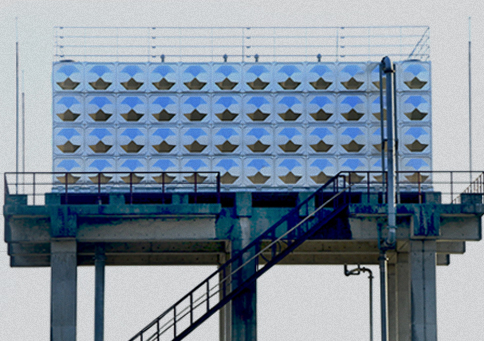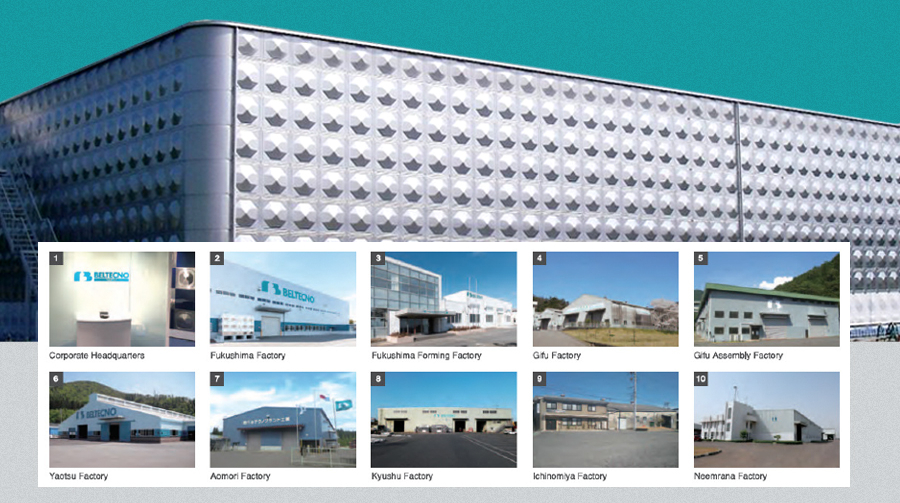For more Details on Our Product click here ![]()
*https://pubs.spe.org/en/ogf/ogf-article-detail/?art=3566

The Government of India, in partnership with States, is implementing Jal Jeevan Mission-Har Ghar Jal Yojana (HHJY) to provide safe drinking water by 2025. The objective of the mission is to provide piped water supply and sanitation services to all households by 2025.
The initiative will be implemented through a nationwide program comprising three components:
For urban areas, the focus would be on providing piped water connections for all households, and improving existing household toilets or constructing new ones. In rural areas, the focus would also be on ensuring that all households have access to improved sanitation facilities.
These include improving the quality of existing community tap stands, providing an incentive scheme to encourage communities to install their own taps and developing awareness campaigns about sanitation.
This component focuses on reducing wasteful use of water through various means such as rainwater harvesting, dry wells, groundwater recharge, etc. It also includes education campaigns to promote water efficiency.
The first phase of HHJY was launched in 2014 across 13 states and union territories, covering more than 30% of the country’s population. The second phase covers four additional states and union territories.
Water supply and sanitation in India is a problem of significant magnitude. The country has been ranked the second most affected by water scarcity globally, after China, according to a 2014 report from the United Nations Environment Programme (UNEP). In 2012, the government estimated that there were 1.2 billion people without access to improved sources of drinking water. As of 2017, this number had increased to an estimated 2.1 billion people or about 40% of India's population. This was attributed to the fact that "the existing infrastructure is not working well enough". A further challenge is that more than half of all rural households are served by small-scale, unimproved systems. According to the World Bank, access to safe drinking water has risen since 2000 but only marginally at 5%.

In 2010, the Indian government set up the National Drinking Water Quality Council (NDWQC), which aims to ensure that adequate supplies of potable water reach every household in the country. However, it does not cover the entire territory of India.
According to the 2011 Census, the percentage of households connected to an improved source of drinking water stood at 78%, while the corresponding figure for sanitation was 38%. In 2015, the UNICEF reported that 62% of children under five years old suffered from diarrhoea and 19 million cases of cholera occurred between 2005 and 2013.
India is among the top countries where child mortality rates remain high. According to the latest data released by WHO.
Providing potable water in adequate quantity of prescribed quality on regular and long term basis to every rural household including tribal areas is a challenge faced by the Government of India. The major cause for this problem is that there are no reliable data regarding availability, accessibility and utilization of piped drinking water supply in rural areas of India.
The Government of India has taken many steps to improve access to safe drinking water through various schemes such as Jalyanwala Yojana (JY), Gramin Vidyutikaran Yojana (GVY) etc., but it is not possible to achieve universal coverage without ensuring access to safe drinking water at reasonable cost. It was estimated that about 10% of total population in India lives in urban area and access to clean drinking water is available in these areas. But still we have around 50% population living in rural areas who do not have access to clean drinking water.

Stainless steel panel tank manufactured by Beltecno India to store potable water.
The Jal Jeevan Mission will provide piped drinking water to rural households at affordable prices with assured quality and will also help in improving health conditions of people. The Jal Jeevan Mission is a national programme in the field of drinking water supply and sanitation which is implemented by the Ministry of Rural Development. The program is being executed by the Central Public Works Department (CPWD) and its State counterparts. The Jal Jeevani Mission (JJM) is one of the flagship programmes of CPWD.
BIS 10500 Drinking Water Standards are the most stringent set of requirements in the world for potable water. They were developed by the United States Environmental Protection Agency (EPA) and adopted as a voluntary standard by state governments, local government agencies, utilities, and other stakeholders. The goal of this standard is to protect public health from microbial contaminants in drinking water.
The EPA has also developed an advisory level for certain chemicals that can be found in drinking water under some conditions. This standard is called the Maximum Contaminant Level Goal (MCLG). These levels are based on scientific evidence about how much exposure to these substances might cause adverse effects on human health.
BIS 10300-2005 was replaced with BIS 10500 in November 2009.
There are three phases in the Jal Jeevan Mission:
This phase includes identification of potential sites for providing water supply, preparation of master plan for the project, feasibility studies, pre-feasibility studies, environmental impact assessment, and social audit. It takes approximately 2–3 years to complete.
This phase involves construction of pipelines, pumping stations, service connections, and distribution systems. It normally takes 7–10 years to complete.
In case of large scale projects, the construction period may extend up to 15 years.
This phase involves operation and maintenance of the system. It usually takes 1 year to complete.
For small scale projects, the construction phase may take longer than 5 years.
How does the Jal Jeevan scheme work?
The Jal Jeevana Scheme provides piped water supply to every household in rural areas and slums at below market price. The scheme covers all types of housing including mud houses, kuccha houses, semi-pucca houses, pucca houses, and shops.
The main objective of the Jal Jeevan Scheme is to provide piped water supply to all villages and townships in rural areas and slum clusters at below market rates. Piped water supply is provided through village/township panchayats or municipal corporations.

For more information regarding our stainless steel panel tanks download our product brochure by clicking the button below, drop us your requirement on sales@beltecnoindia.com or call us on any of given numbers +91 9116009580/+91 7300084028
For more Details on Our Product click here ![]()
*https://pubs.spe.org/en/ogf/ogf-article-detail/?art=3566